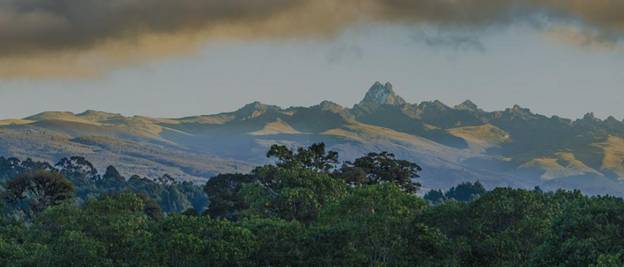Description

Copyright infringement not intended
Context: The peatlands in the central Congo basin require significant investment and more research to safeguard them, according to a new report. The peatlands face significant threats due to hydrocarbon exploration, logging, palm oil plantations, hydroelectric dams and climate change.

More on the news:
- The peatlands are located in both the Democratic Republic of Congo as well as the Republic of Congo, which are largely unprotected.
- The Central African Forests Commission, an intergovernmental organisation, came out with the report Congo Basin Forests - State of the Forests 2021 through its technical unit, the Central African Forest Observatory.
- Congo basin has the world’s largest tropical peatlands, discovered in 2017. Scientists estimate that these peatlands store carbon worth about 20 years of the fossil fuel emissions of the US. The basin is also rich in biodiversity and in minerals.
- Also known as the Cuvette Centrale peatlands, the world’s largest tropical peatland complex covers over 145,500 square kilometres. They store 30 gigatonnes of carbon in the peat, approximately equivalent to the above-ground biomass of trees in the entire Congo basin forest, according to the report.
- The two countries will require considerably more funding in the coming years to conserve these high-carbon and biodiversity-rich peatland regions from overexploitation and land-use changes, said the report.
- Relatively little is known about these ecosystems, including the activities of communities in the region, found the report. A large amount of investment in regional capacity is needed.
- Ongoing and expected future programmes provide some of the needed support. However, significant additional investment is required to support national governments and further interdisciplinary research into these important landscapes, the analysis said.
About Peatlands:
- Peatlands are formed due to the accumulation of partially decomposed plant remains over thousands of years under conditions of waterlogging.
- They are important not just for their carbon but also for their crucial role in the storage and cycling of water and nutrients.
- Peatlands provide drinking water, mitigate the risk of climate change and flood risk and secure the livelihoods of communities that live in these landscapes.
- There are several international and regional agreements and conventions exist, such as the Ramsar Convention, the United Nations Environmental Assembly Resolution and the Brazzaville Declaration on Peatlands, with provisions for sustainable management of peatlands and their protection.
- Peatlands occur in almost every country on Earth, currently covering 3% of the global land surface.
- Peatlands are the largest natural terrestrial carbon store.
- Damaged peatlands are a major source of greenhouse gas emissions, annually releasing almost 6% of global anthropogenic CO2 emissions.
https://www.downtoearth.org.in/news/africa/more-research-investment-needed-to-protect-congo-basin-peatlands-finds-report-85002











